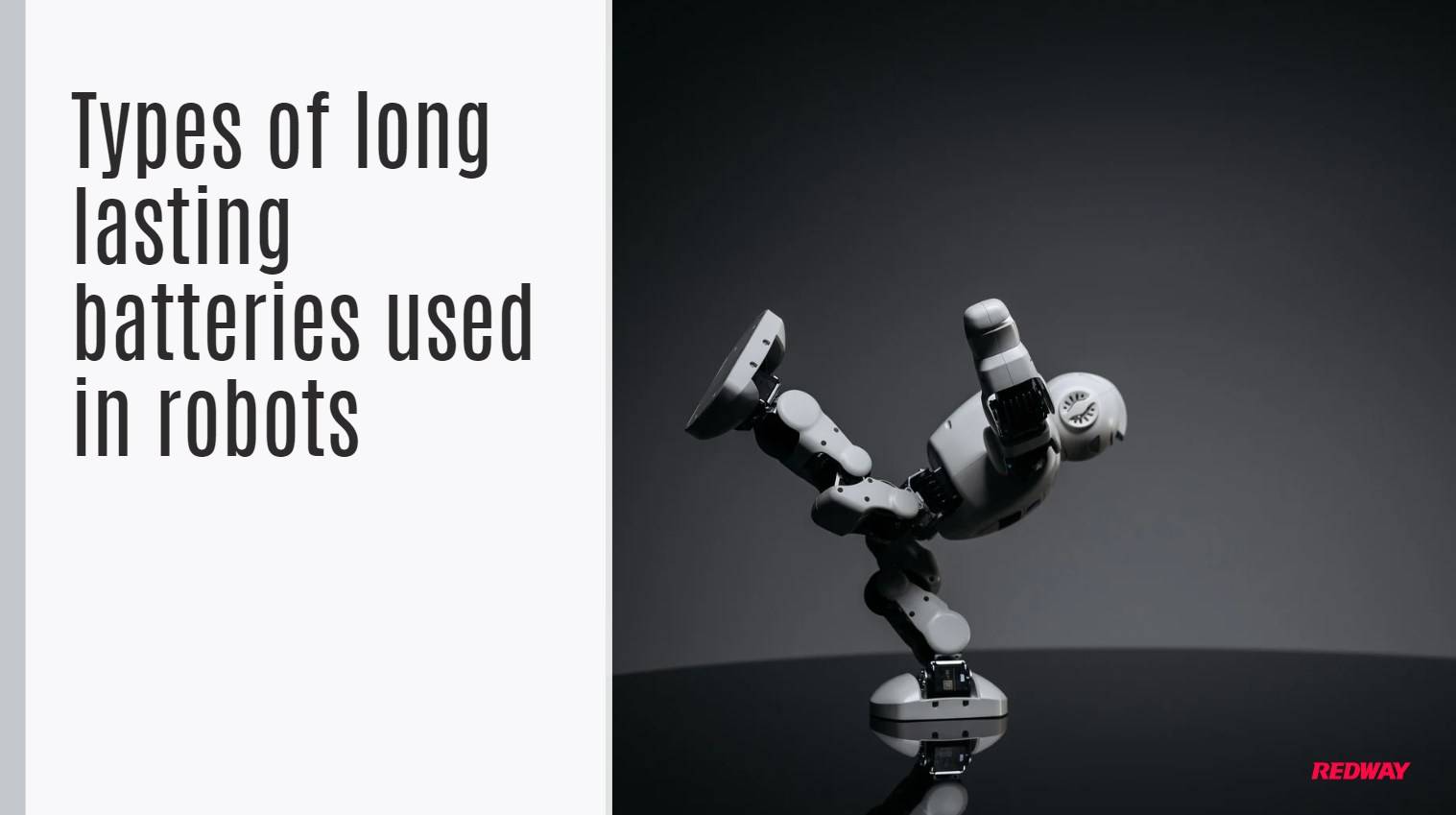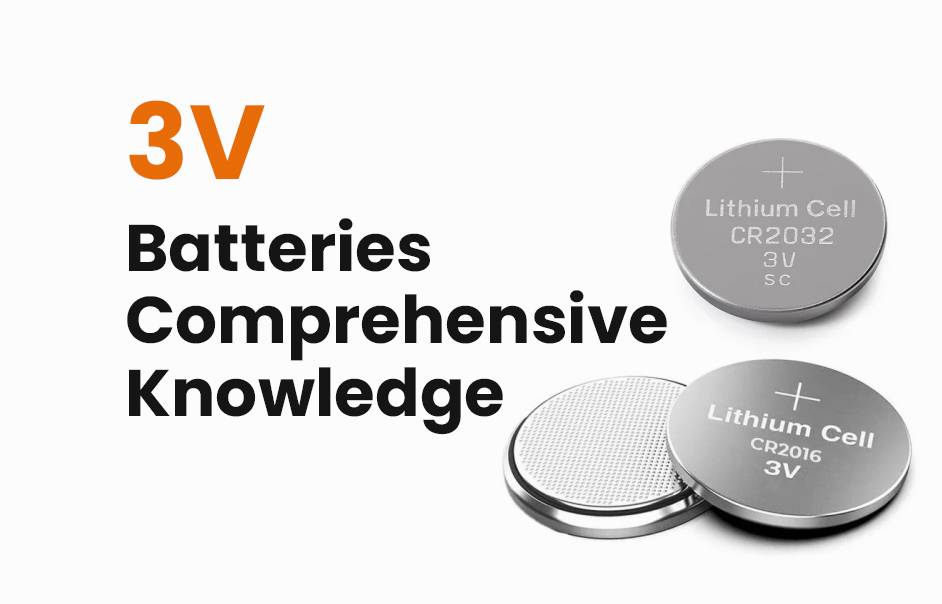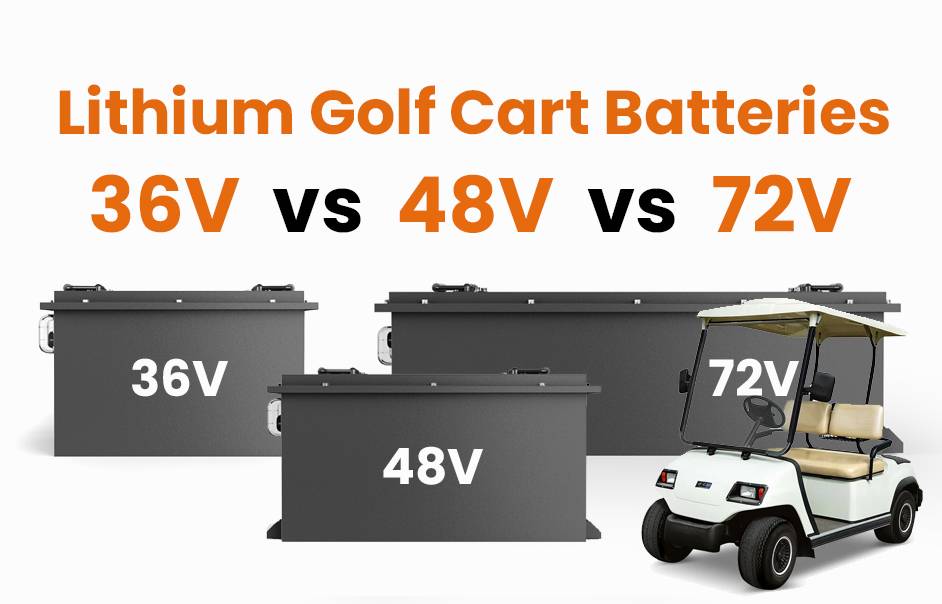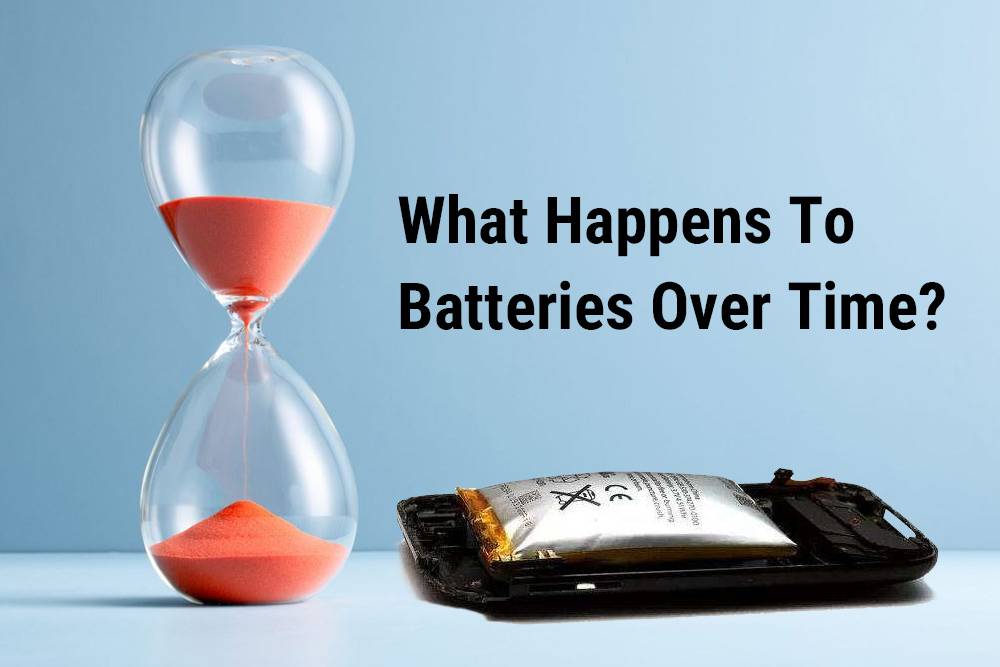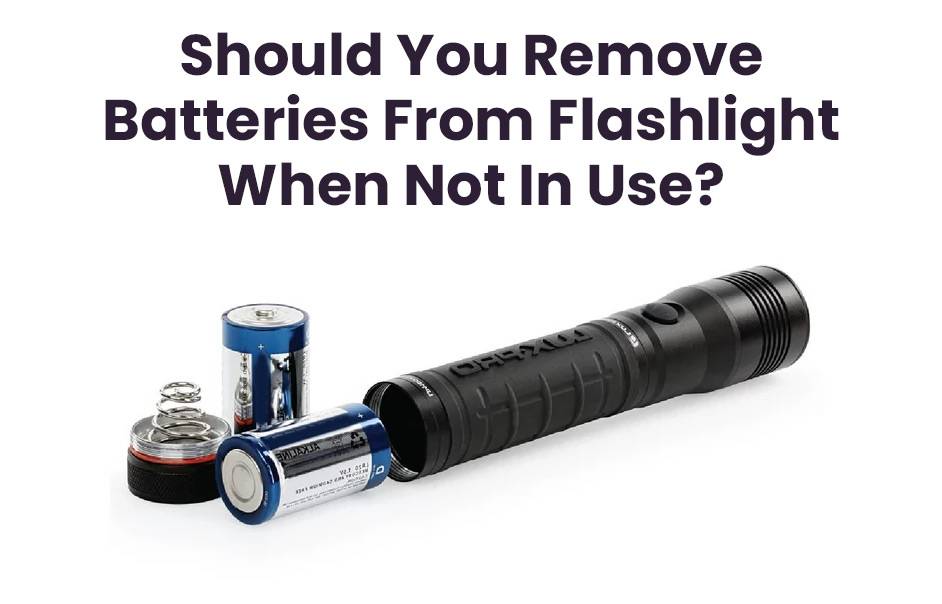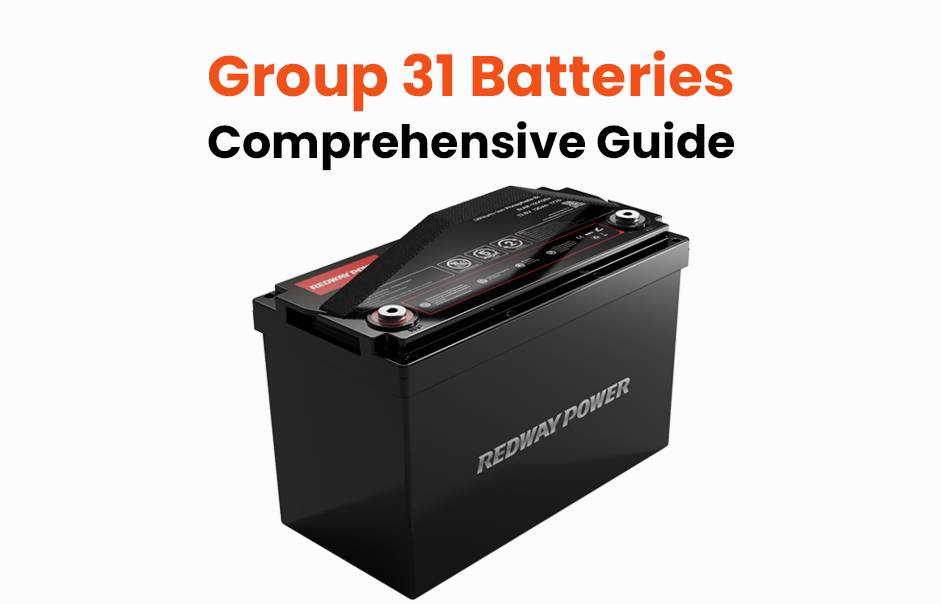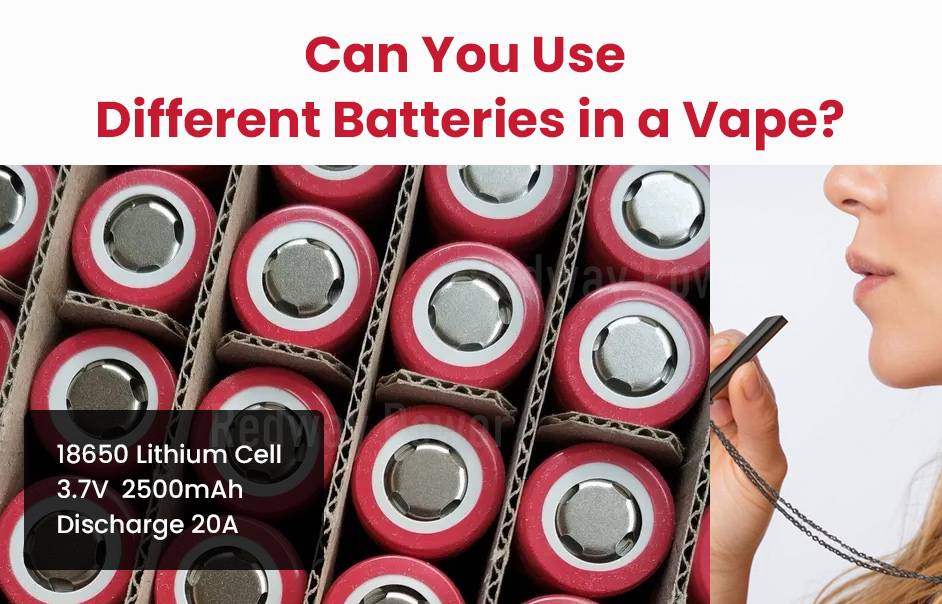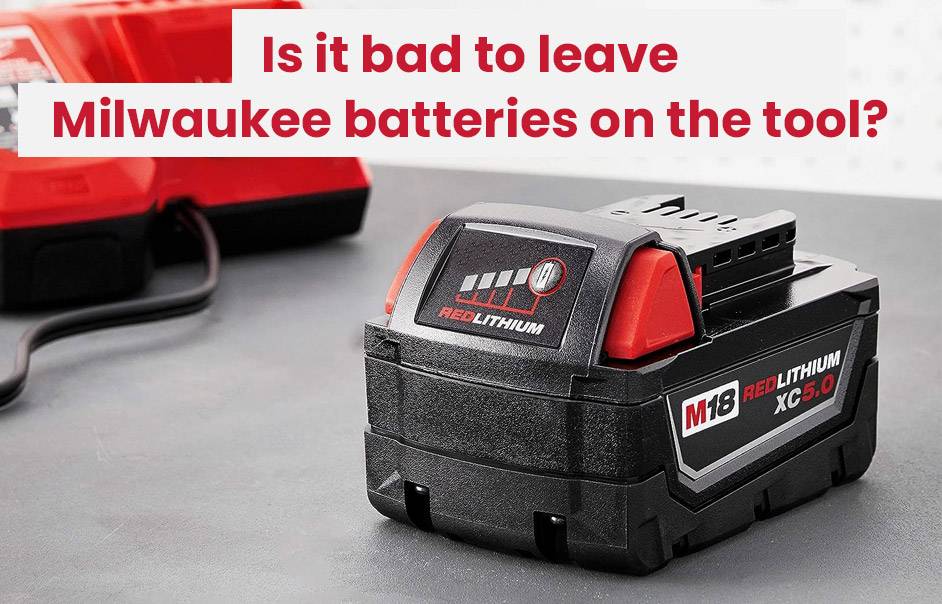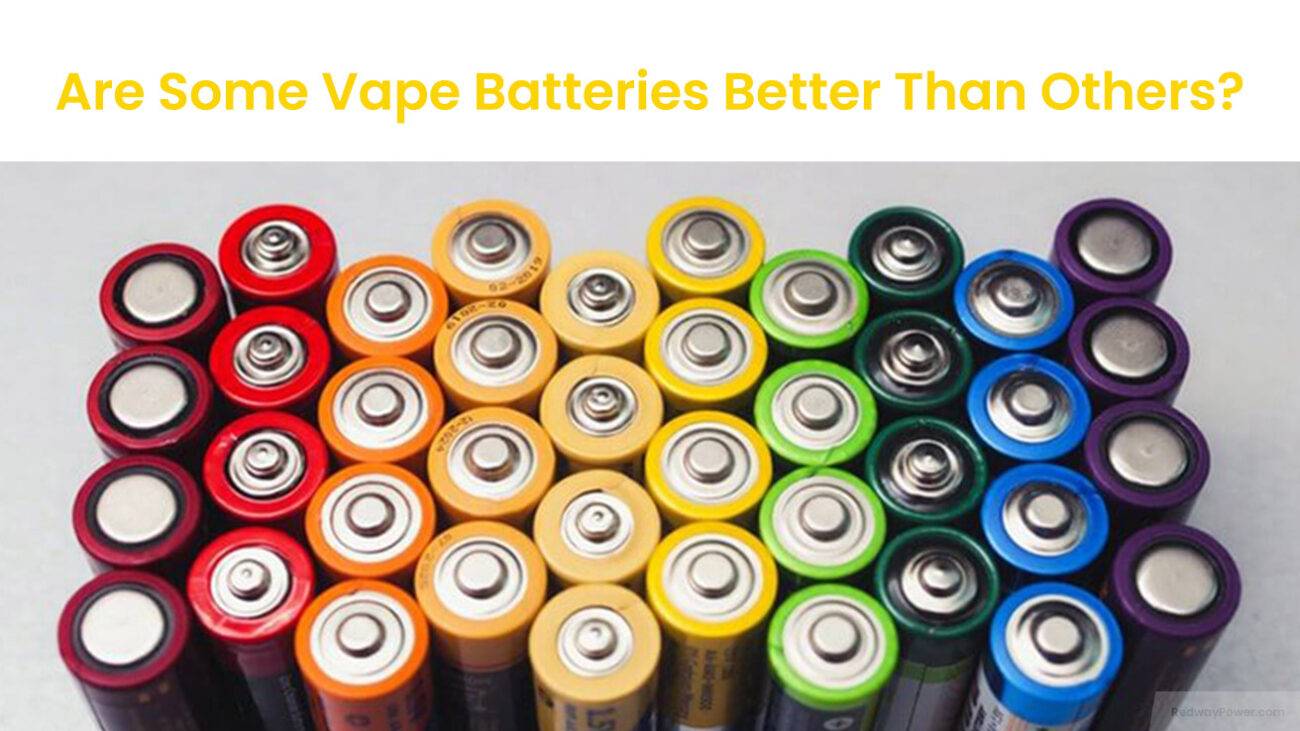- Forklift Lithium Battery
- Golf Cart Lithium Battery
- Rack-mounted Lithium Battery
51.2V 100Ah Rackmount LiFePO4 Battery
8000 times (80% DOD 0.5C)
Optional SNMP for TELECOM - Car Starter Battery
- 12V LiFePO4 Battery
12V 150Ah Lithium RV Battery
Bluetooth App | Self-heating
LiFePO4 | Group 31
UL 1642 | IEC 62619 - 24V LiFePO4 Battery
- 36V LiFePO4 Battery
- 48V LiFePO4 Battery
- 60V LiFePO4 Battery
60V 100Ah Lithium Battery (AGV, AMR, LGV)
Peak Discharge Current 400A
500 x 298 x 349 mm - 72V~96V LiFePO4 Battery
72V 100Ah Lithium Golf Cart Battery
Peak Discharge Current 315A (10S)
740 × 320 × 246 mm - Wall-mounted Lithium Battery
51.2V 100Ah 5kWh
Wall-mounted Battery532 x 425 x 170 mm / LiFePO4
>8000 Cycles (80% DOD 0.5C)
RS485 / CAN-bus
for Solar Home ESS - Home-ESS All-in-One
51.2V 32kWh
All-in-On HESS SystemPowerAll
51.2V / LiFePO4
>8000 Cycles (80% DOD 0.5C)
RS485 / CAN-bus / WiFi
All-in-One for Home ESS
What Are the Long Lasting Batteries for Robotics Applications?
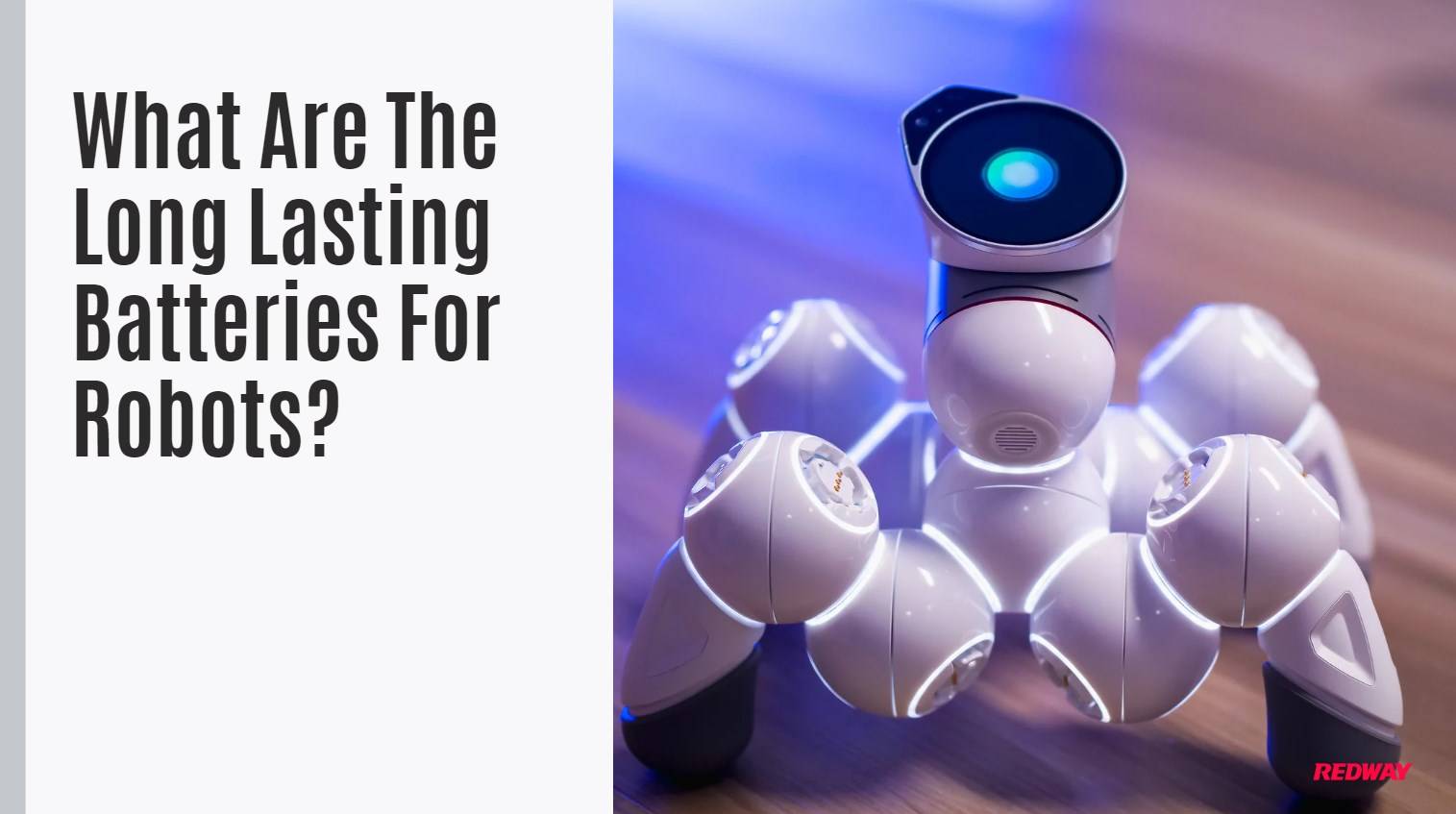
The best long-lasting batteries for robotics applications are typically lithium-ion and lithium polymer batteries due to their high energy density, lightweight design, and long cycle life. These batteries provide reliable power for extended periods, making them ideal for various robotic systems.
What Types of Batteries Are Commonly Used in Robotics?
Several battery types are commonly used in robotics, each with unique characteristics:
- Lithium-Ion (Li-Ion): Known for high energy density and lightweight, making them ideal for mobile robots.
- Lithium Polymer (LiPo): Offers even higher energy density and flexibility in shape, suitable for various robotic designs.
- Nickel-Metal Hydride (NiMH): Provides decent performance but is heavier than lithium-based options.
- Lead-Acid: While cost-effective and reliable, they are heavy and less efficient, typically used in stationary applications.
| Battery Type | Energy Density | Weight | Cycle Life |
|---|---|---|---|
| Lithium-Ion | High | Lightweight | 500 – 2000 cycles |
| Lithium Polymer | Very High | Lightweight | 300 – 1000 cycles |
| Nickel-Metal Hydride | Medium | Heavier | 200 – 1000 cycles |
| Lead-Acid | Low | Very Heavy | 200 – 500 cycles |
How Do Lithium-Ion Batteries Compare to Other Types?
Lithium-ion batteries stand out due to several advantages:
- High Energy Density: They can store more energy in a smaller size compared to other battery types.
- Long Cycle Life: With proper care, they can last several years, making them cost-effective over time.
- Low Self-discharge Rate: They hold their charge well when not in use, ensuring reliability.
In contrast, lead-acid batteries are heavier and have lower energy density, making them less suitable for mobile applications.
What Are the Advantages of Using Lithium Polymer Batteries?
Lithium polymer batteries offer several benefits:
- Lightweight Design: Ideal for applications where weight is a critical factor.
- High Discharge Rates: Suitable for high-performance robots that require bursts of power.
- Flexible Shapes: Can be manufactured in various shapes and sizes to fit specific designs.
| Advantage | Description |
|---|---|
| Lightweight | Reduces overall robot weight |
| High Discharge Rate | Supports demanding applications |
| Customizable Shape | Fits into unique robot designs |
Why Is Battery Capacity Important for Robotics?
Battery capacity is crucial because it determines how long a robot can operate before needing a recharge:
- Runtime Requirements: Ensures that you have enough power for your robot’s tasks without interruptions.
- Device Compatibility: Different robots have varying power needs; matching capacity helps avoid underperformance or damage.
- Cost Efficiency: Selecting an appropriately sized battery prevents overpaying for unnecessary capacity while ensuring reliability.
What Factors Should You Consider When Selecting a Battery?
When selecting a battery for robotics, consider several factors:
- Voltage Requirements: Ensure compatibility with your robot’s power system.
- Capacity (Ah): Higher capacities provide longer runtimes; choose based on how long you need your robot to operate.
- Weight: Lighter batteries improve mobility and performance.
- Discharge Rate: Ensure the battery can deliver the required current without overheating or degrading.
| Factor | Importance |
|---|---|
| Voltage | Compatibility with components |
| Capacity (Ah) | Affects runtime |
| Weight | Impacts mobility |
| Discharge Rate | Determines performance under load |
How Do Different Battery Types Impact Performance?
Different battery types affect performance in various ways:
- Lithium-Ion Batteries provide consistent power output and faster charging times compared to other types.
- NiMH Batteries, while effective, may not deliver as much power under heavy loads as lithium-ion options.
- SLA Batteries, although cheaper, often suffer from weight issues and lower efficiency.
Can You Use Lead-Acid Batteries in Robotics?
While you can use lead-acid batteries in robotics, they are generally not recommended due to:
- Weight Issues: They are significantly heavier than lithium-based alternatives.
- Lower Efficiency: They have lower energy density and shorter cycle life compared to lithium-ion or lithium polymer batteries.
- Performance Limitations: They may not deliver sufficient power for high-drain applications.
Replacement Options for Lithium-Ion Batteries
For those looking for alternatives or replacements, consider:
- Nickel-Metal Hydride (NiMH): Offers decent performance but generally has lower energy density than lithium-ion.
- Lead-Acid Batteries: More affordable but heavier and less efficient compared to lithium-ion options.
- Solid-State Batteries: Emerging technology with potential advantages in safety and energy density.
Redway Power has great solutions for enhancing performance with high-quality lithium-ion batteries tailored to specific needs.
Tips for Battery Wholesale Buyers
When sourcing batteries wholesale, consider these key points:
- Quality Assurance: Ensure manufacturers adhere to strict quality standards.
- Experience: Choose manufacturers with proven expertise in lithium battery production.
- OEM Capabilities: Look for manufacturers like Redway Power, known for their OEM services, ensuring they can meet specific design requirements.
To place an OEM order with a reliable manufacturer like Redway Power, follow these steps:
- Define your specifications clearly.
- Contact the manufacturer to discuss your needs.
- Review samples or prototypes before finalizing your order.
Redway Power Expert Views
“Choosing the right battery type is crucial when powering your robotics projects,” states an expert from Redway Power. “Understanding how different batteries perform under various conditions will help you make informed decisions.”
FAQ Section
- What type of battery is best suited for robotics?
Lithium-ion and lithium polymer batteries are often preferred due to their high energy density and lightweight design. - How do I determine the right amp hour rating?
Consider how long you plan to operate your robot; higher Ah ratings will provide longer runtimes. - Can I use lead-acid batteries in my robot?
Yes, but they are generally not recommended due to their weight and lower efficiency compared to lithium-based options.

















